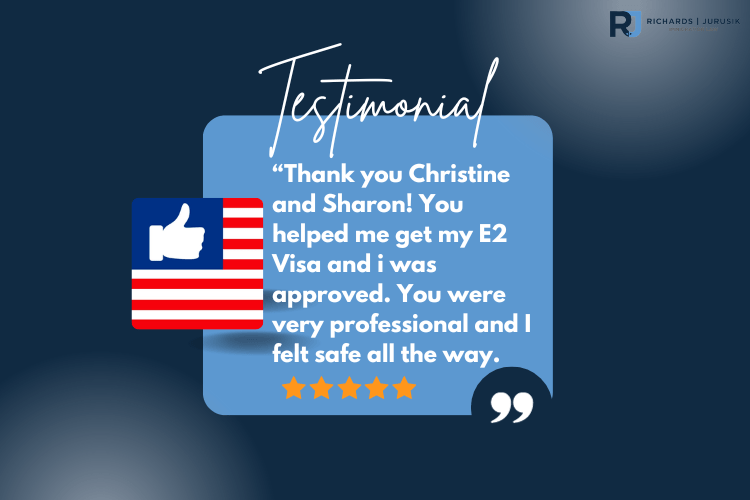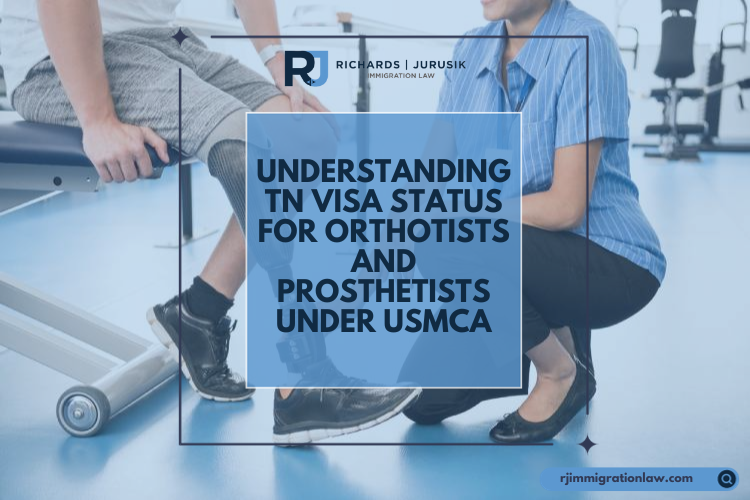Navigating the PERM labor certification process can be complex and daunting. You should understand numerous critical details, whether an employer or a prospective foreign worker. This article covers the top 10 frequently asked questions about the PERM labor certification process. We review the process, including the employer’s role, prevailing wage determination, recruitment steps, potential denial reasons, and next steps after approval.
1. What is the PERM labor certification process?
The PERM labor certification process is an integral part of the U.S. immigration system and is designed to protect the interests of U.S. workers. It involves an employer testing the local job market to prove there are no willing, qualified, and able U.S. workers to fill a specific position. Only then can the employer offer the job to a foreign worker?
2. Who is eligible for PERM labor certification?
Eligibility for PERM labor certification is primarily determined by the job requirements set by the employer and the foreign worker’s qualifications. The job requirements should be customary to the position, and the foreign worker must meet these requirements.
3. How long does the PERM labor certification process take?
The length of the PERM labor certification process can vary, largely depending on the specifics of each case and the Department of Labor’s processing times. On average, it could take between six months and a year, although delays can extend this timeline.
4. What is the role of the employer in the PERM process?
The employer plays a critical role in the PERM process. They are responsible for determining the prevailing wage, conducting recruitment efforts, filing the ETA Form 9089, and maintaining an audit file in case of a Department of Labor inquiry.
5. What is the “prevailing wage,” and how is it determined?
The prevailing wage is the average wage paid to similarly employed workers in a specific occupation in the area of intended employment. The Department of Labor determines it and ensures that hiring a foreign worker will not negatively impact the wages of U.S. workers.
6. What does the recruitment process involve during PERM labor certification?
The recruitment process during PERM labor certification involves an employer advertising the position to demonstrate there are no willing and qualified U.S. workers available for the job. This process must adhere to specific regulatory requirements, including placement of job orders, newspaper ads, and potentially additional recruitment steps for professional positions.
7. What are the potential reasons for PERM labor certification denial?
PERM labor certification may be denied for various reasons, including application errors or inaccuracies, failure to meet recruitment requirements, or if the Department of Labor determines that qualified U.S. workers are available.
8. What happens after the PERM labor certification is approved?
Once the PERM labor certification is approved, the employer can file an Immigrant Petition for an Alien Worker, Form I-140, with U.S. Citizenship and Immigration Services (USCIS). When a visa number is available, the foreign worker can apply for a green card (lawful permanent residence).
9. Can a PERM labor certification be transferred to a new employer?
Generally, a PERM labor certification is job and employer-specific and cannot be transferred to a new employer. If the foreign worker changes jobs, the new employer typically must start the PERM labor certification process from the beginning.
10. What is the process of appealing a denied PERM labor certification?
If a PERM labor certification is denied, the employer may request reconsideration or file an appeal to the Board of Alien Labor Certification Appeals (BALCA). The grounds for appealing a denial should be based on a substantial error in law or fact.
Subscribe to Our Resources Blog
Schedule a Consultation with a US Immigration Lawyer







